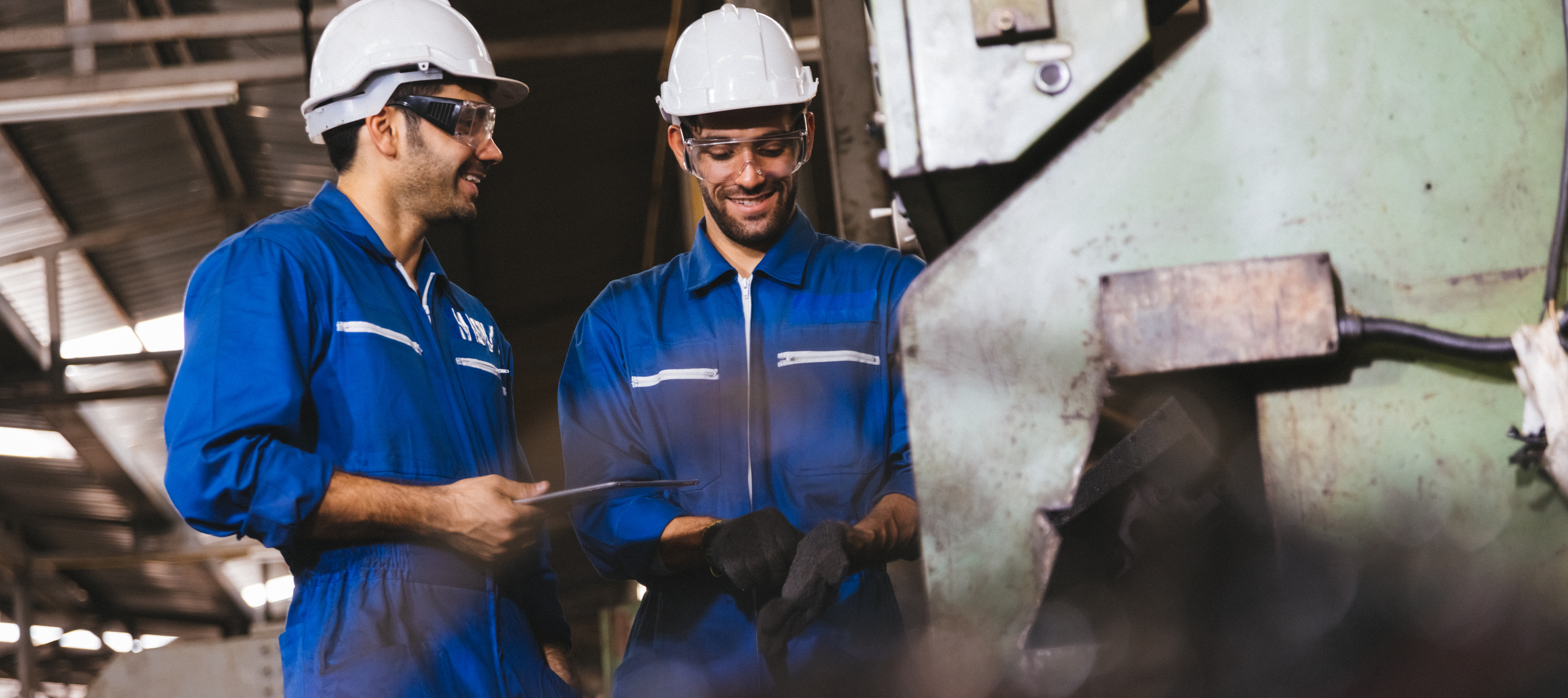

Remote Visual Inspection technologies include, but are not limited to, rigid or flexible borescopes, videoscopes, fiberscopes, push cameras, pan/tilt/zoom cameras and robotic crawlers. Remote visual inspections (RVI) are commonly used where distance, angle of view and limited lighting may impair direct visual examination or where access is limited by time, financial constraints or atmospheric hazards.
The primary advantage of RVI is that it allows for the examination of most plant systems and components without requiring confined space entry or disassembly. It can therefore be considerably less expensive than other methods. Likewise, it’s far safer than traditional methods of inspection that involve sending inspectors into unsafe conditions.